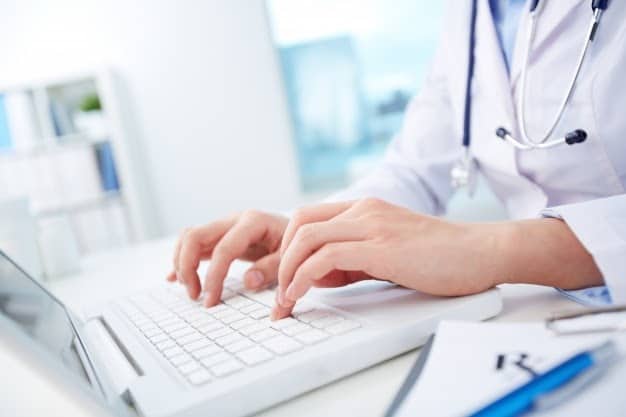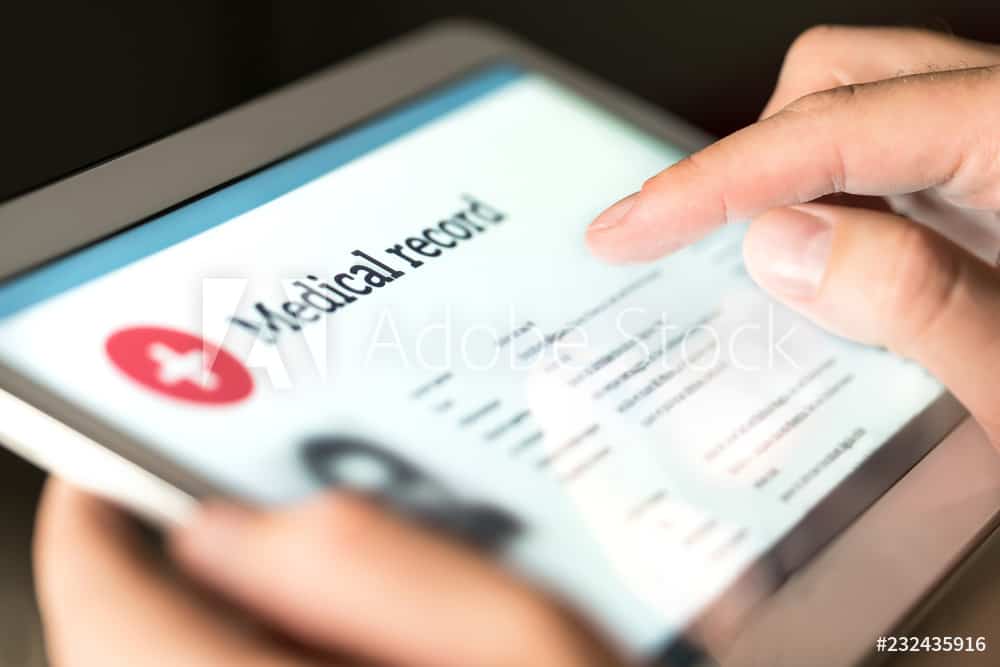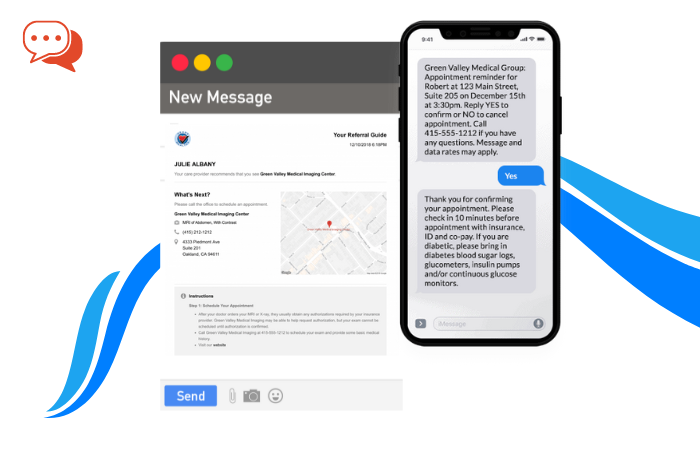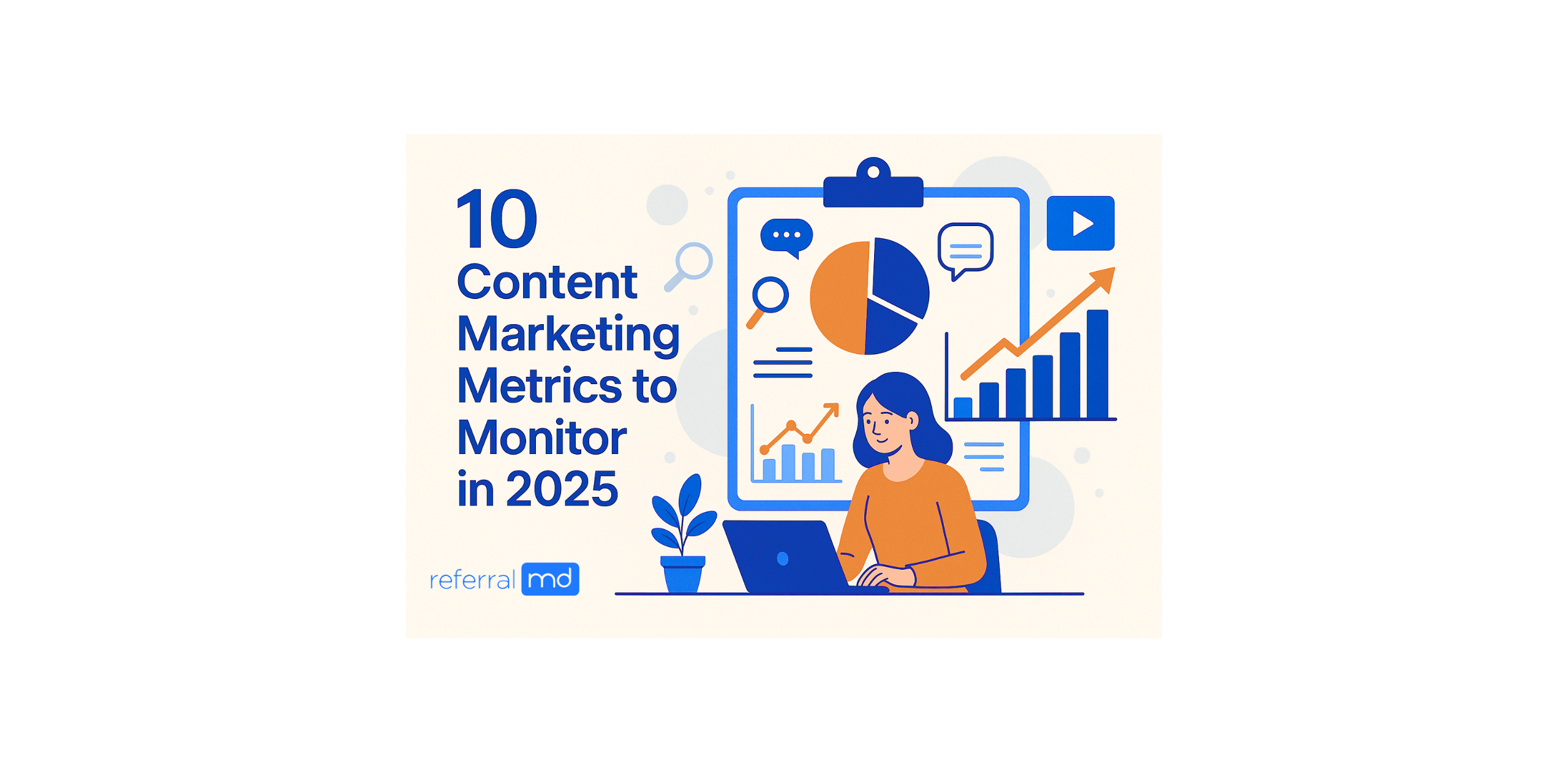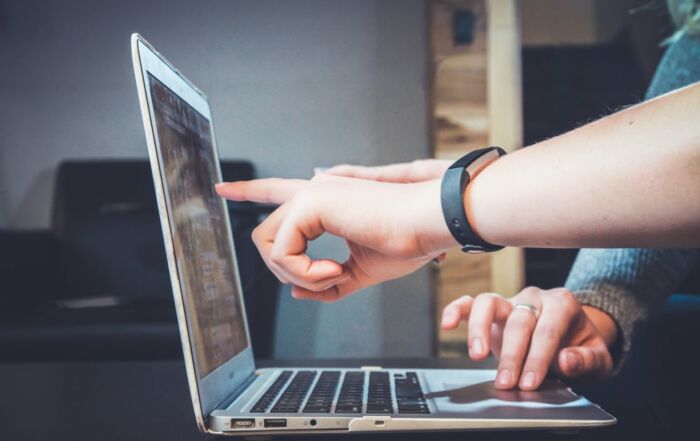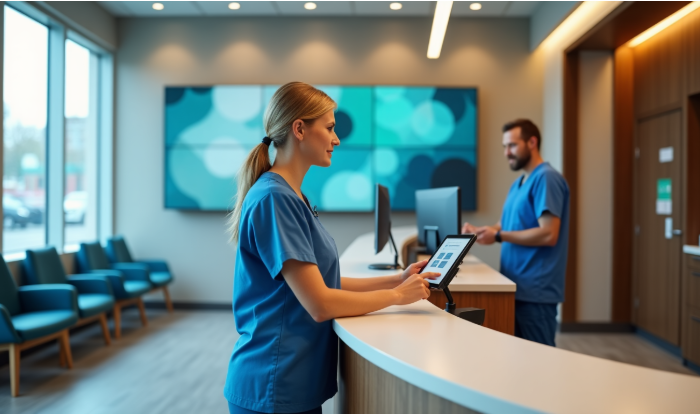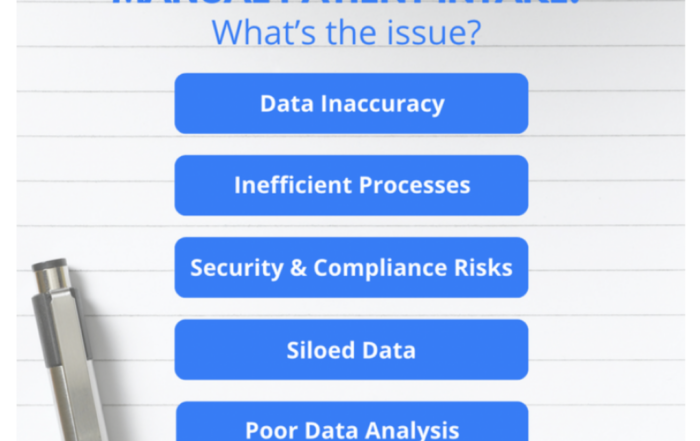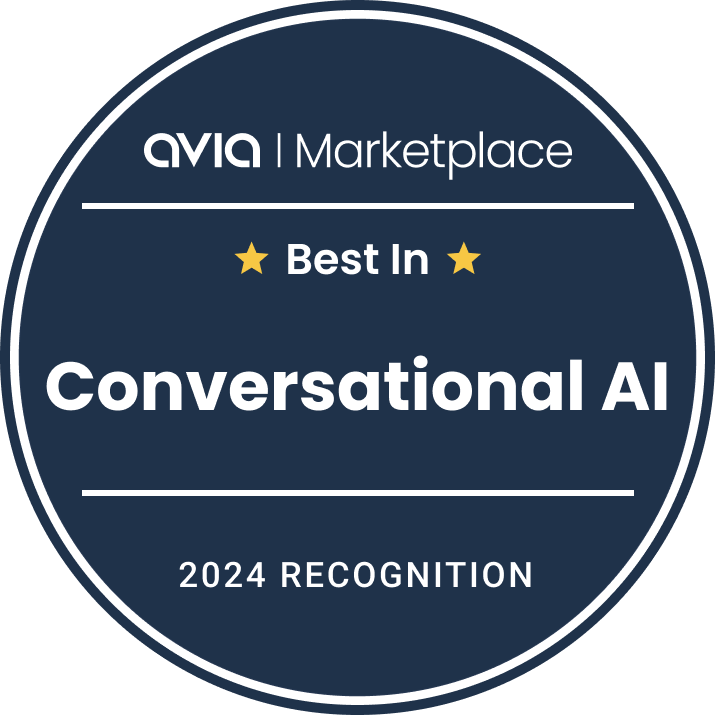It would be impossible to imagine a world without technology. There was a time when human labor was the only way to handle jobs. The amount of time that went into manual and time-consuming processes was significant. The possibility of human error was also exceptionally high. Technology stepped in and changed everything. There is higher efficiency and greater reliability/accuracy in processes. Indeed, not many aspects of modern living do not enjoy the benefits of technology. Let’s take the example of the healthcare industry. Researchers asked respondents which technologies would have the most significant impact. 65% agreed that artificial intelligence was the forerunner. Others are robotics, blockchain, and immunotherapy.
Here are six ways technology is changing the world of healthcare.
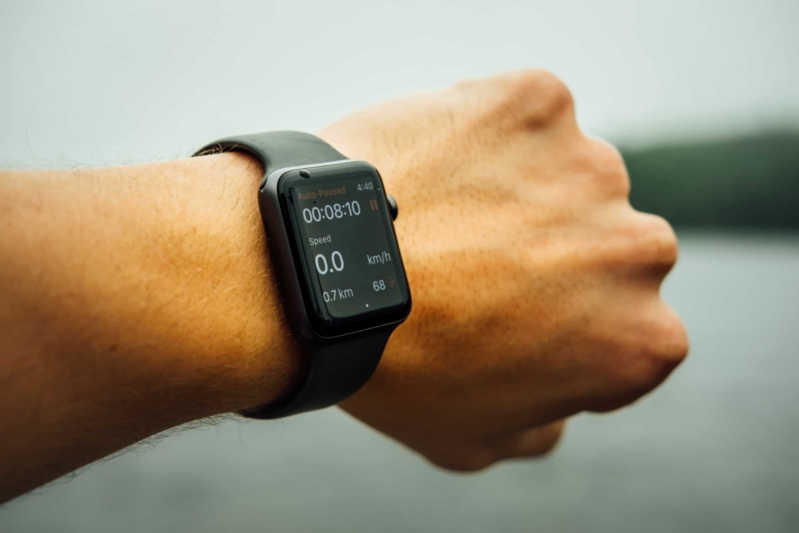
Photo by Tim Foster on Unsplash
1. Healthcare Services are More Proactive with Technology
One of the biggest challenges for healthcare systems is how reactionary they can be. A patient gets sick, and doctors step in to offer remedial action. Sometimes, the treatment comes too late, resulting in fatalities.
Technology offers a more proactive approach to healthcare. An example would be a full MRI scan during the annual check-ups. It provides an opportunity to detect abnormalities way before symptoms begin to present. Improved technology has led to the early detection of diseases like pulmonary lesions, brain tumors, heart disease, and spinal deterioration.
Seeking early treatment from healthcare professionals like Cheam Wellness Group can stop disease progression. Patients can go on to live active and healthy lives with the right care.
Some apps will remind patients to renew prescriptions and when their next doctor’s appointment is. These auto-reminders are critical for those who depend on medication at pre-set times.
Take the example of a patient with diabetes running out of insulin. It can be life-threatening if there is no immediate access to the medicine.
2. Remote Healthcare Provision
Do you remember when the only way to get medical help was to sit in front of a doctor? Now, you can download an app and consult with a doctor from the comfort of your home.
Video conferencing has taken healthcare to remote communities that can’t access specialists. Real-time, face-to-face consultation is very much like a physical one. It cuts down on the need for long-distance travel to seek medical services.
Doctors collect data from wearables and other devices. They use such to generate insights into the patient’s health. All this happens without physical contact with the clients.
Remote consultation is also beneficial to the front-line workers. They can access training opportunities online, thus a chance to better their skills.
All this is even easier with mobile technology. Internet and smartphone proliferation has enhanced communication. From the smart device, doctors and patients can have a full consultation.

Photo by Anne Nygård on Unsplash
3. Technology Removes Restrictions of Geographical Barriers
Technology has removed the restrictions of geographical barriers. A patient does not need to travel abroad to consult with a doctor anymore.
All this can happen online, via video conferencing, in minutes. Indeed technology has made the ‘world is a global village’ phrase have so much meaning.
4. Use of Technology in Medical Training
One of the most anxiety-inducing experiences for medical students is operating on cadavers. 30% of students find dissecting rooms very stressful. 4% will end up dealing with post-traumatic stress.
Yet, the study of human anatomy requires the students to undertake the courses. Well, dissecting rooms may soon be a thing of the past.
Innovations like augmented and virtual reality simulate actual dissecting conditions. Students virtually operate on a body without touching a physical one.
The Microsoft HoloAnatomy app utilizes augmented reality. Students get a 3D perspective of the human body. They even see the circulatory and nervous systems, the diaphragm, and much more.
5. Technology in Surgery
Another area seeing the benefit of technology is surgery. The use of robots to perform intricate operations is becoming more commonplace. Robots are precise and can reach areas in the body surgeons can’t.
The initial investment in the technologies may be high. But, the savings over time are immense. Hospitals can operate on a lean human resource. It cuts down the costs associated with the latter. These include salaries, office infrastructure, and benefits, to name a few.
Some hospitals are even using robots to take care of some daily operational tasks. These include food delivery to patients.
6. Data Insights for Better Healthcare Provision
Healthcare practitioners collect a lot of patient data. They use such methods to determine the best care for patients. Further, the insights allow caregivers to personalize their services to specific clients. AI will search for patterns in historical data. It can detect anomalies or deviations that help predict, prevent or treat diseases.
The data allows for a deeper understanding of patients’ needs. With such, the caregivers can enhance the level of service to clients.
Innovations like healthcare trackers, sensors, and wearables control the individual’s hands. You can check vital statistics like heartbeats, oxygen levels, and blood pressure.
EMTs also benefit from solutions like medical bracelets and cloud storage of data. During an emergency, they can access patient information. They don’t have to wait for the doctor to determine the immediate best course of action.
Medical bracelets let the EMTs know about existing conditions. They also get information about medicines that may cause allergies. All these innovations can mean the difference between life and death. Doctors can also access the information, thus better communication across the channels.
Remote sharing of the data with the doctors is also easy. That means the chances of arresting a condition before it gets serious are higher.
Final Thoughts
In this century, it would be hard to mention an industry that has not enjoyed all that technology offers. The healthcare sector is one of the biggest beneficiaries.
Technology has a role in disease detection, prevention, treatment, and management. Remote healthcare provision is possible via internet-connected devices. Communities with a challenge accessing healthcare can now find a solution.
Patients can check their health with wearables and sensors. Cloud storage ensures quick sharing of information when the need arises. Medical training is possible with innovations like VR and AR.
With technology, health outcomes can only get better.

